
Advertising & Brands
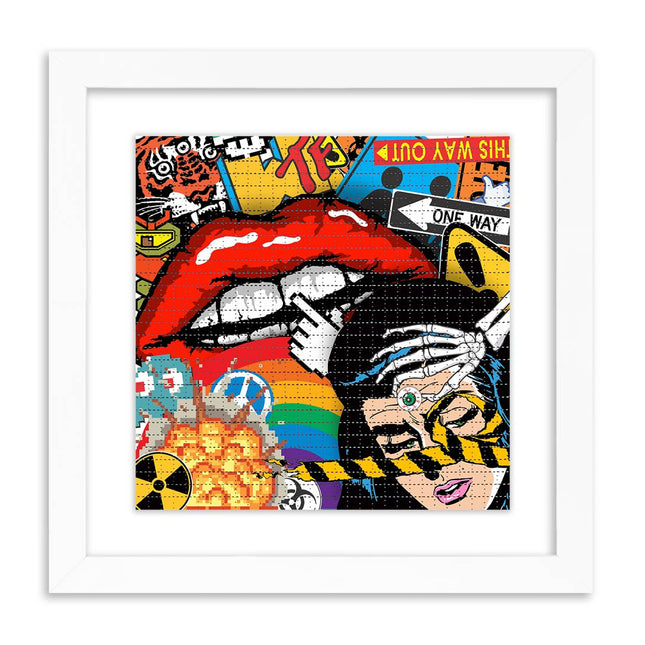
Denial- Daniel Bombardier LSDetroit Blotter Paper Archival Print by Denial- Daniel Bombardier
LSDetroit Blotter Paper Limited Edition Archival Pigment Print Art on Perforated Blotter Paper by Denial pop culture LSD artwork. 2019 Signed Limited Edition of 50 Artwork Size 7.5x7.5 In 2000 he adopted the moniker ‘DENIAL’ as a means of poking fun at advertising, politics, and media messages that contemporary society is often ‘in denial about. Since then he has maintained an ongoing global street-campaign of over 500, 000 stickers, placards, and murals, using the alpha-numeric characters ‘D3N!@L’. Intended as a conceptual means of marketing absurdism, DENIAL also challenges traditional notions of graffiti and public art through his bold and often satirical visual subversions. Denial is a Canadian artist who experiments with aerosol and stencil art, while his main fields of interest are consumerism, politics and the human condition in today’s society. Since the culture of graffiti was gaining more and more popularity in the US and Europe, the taggers had to be increasingly original in order to stand out. The signatures became bigger, more stylized and more colorful.
$422.00
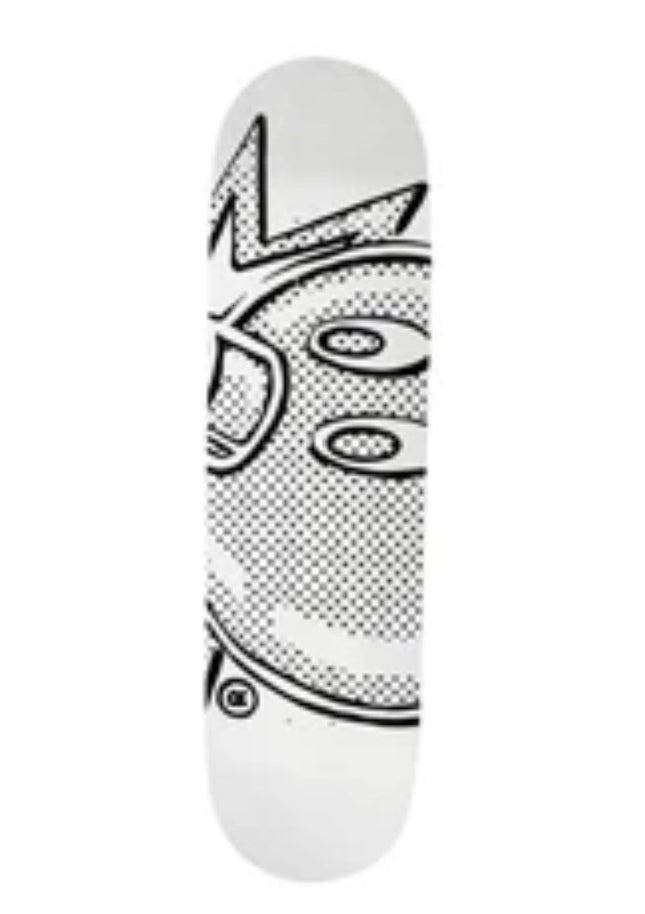
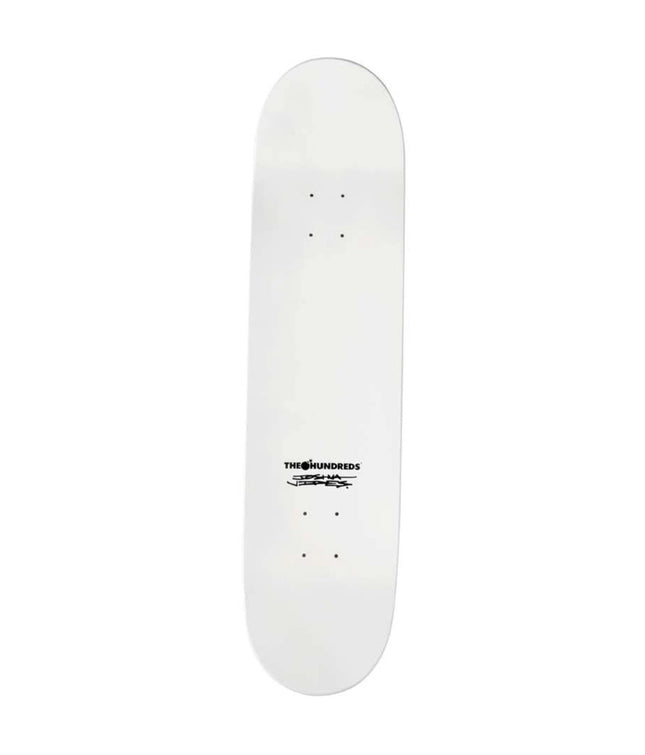
Joshua Vides Vides Adam Skateboard Art Deck by Joshua Vides
Vides Adam Deck Limited Edition Silkscreen Skateboard deck art by street pop culture artist Joshua Vides.
$329.00
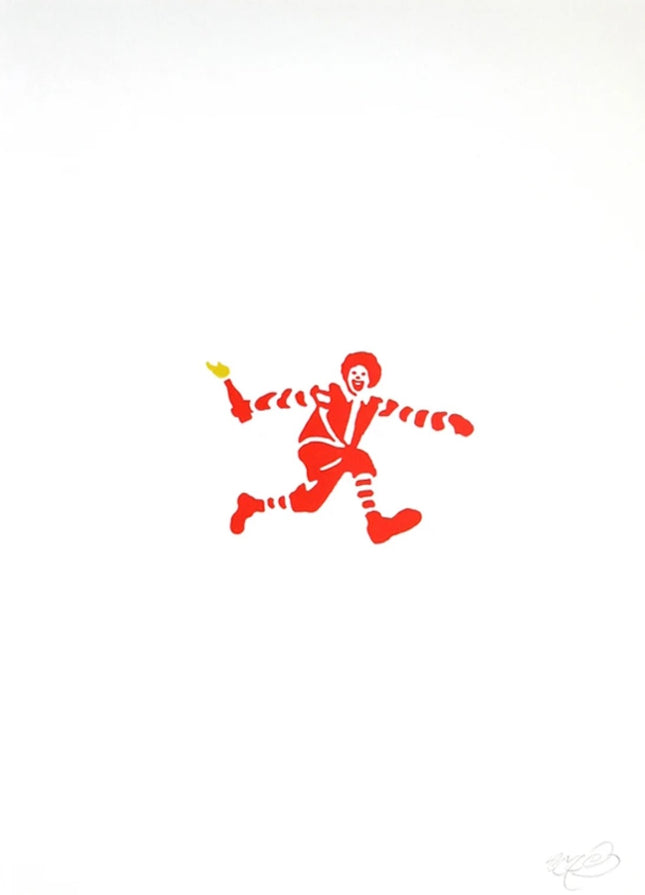
SSUR- Ruslan Karablin Instigator Silkscreen Print by SSUR- Ruslan Karablin
Instigator 2-Color Hand-Pulled Limited Edition Silkscreen Print on Fine Art Paper by SSUR- Ruslan Karablin Rare Street Art Famous Pop Artwork Artist. Silkscreened print limited to 50 pieces. Signed and numbered with embossed logo on the bottom corner.
$364.00
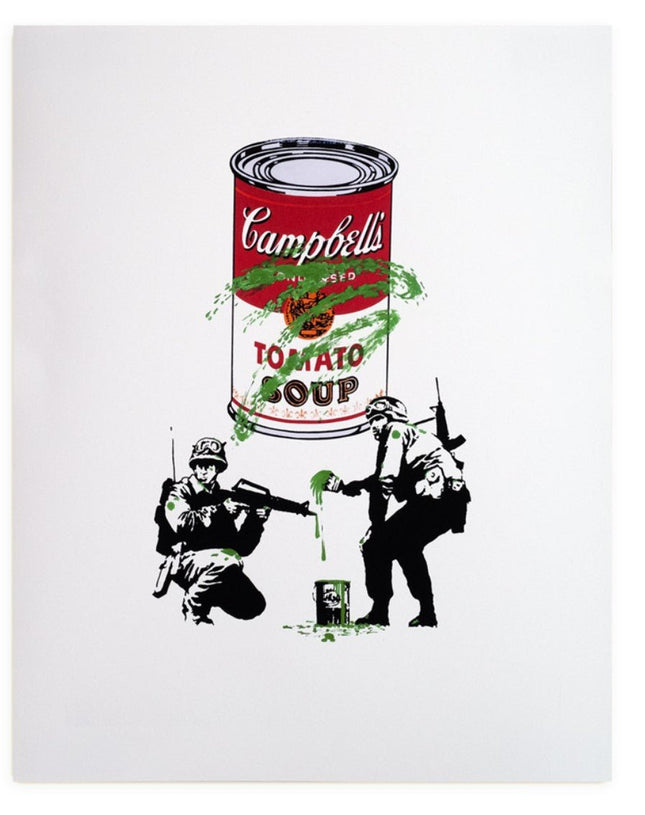
Jeff Gillette Art in Action Warhol Archival Print by Jeff Gillette
Art in Action- Warhol Limited Edition Archival Pigment Fine Art Prints on 290gsm Moab Entrada Fine Art Paper by Graffiti Street Art and Pop Culture Artist Jeff Gillette. Edition of 100 2021, signed and numbered. Archival Pigment Print on 290gsm Moab Entrada Fine Art Paper Size: 16 x 20 Inches Release: July 21, 2021
$406.00
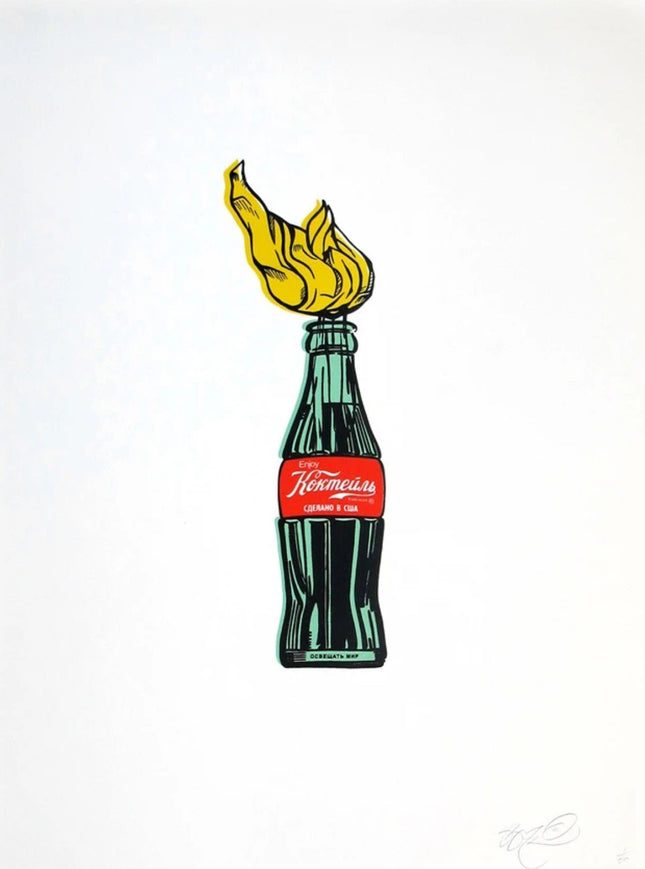
SSUR- Ruslan Karablin Molotov Silkscreen Print by SSUR- Ruslan Karablin
Molotov 4-Color Hand-Pulled Limited Edition Silkscreen Print on Fine Art Paper by SSUR- Ruslan Karablin Rare Street Art Famous Pop Artwork Artist. Silkscreened print limited to 50 pieces. Signed and numbered with embossed logo on the bottom corner.
$364.00
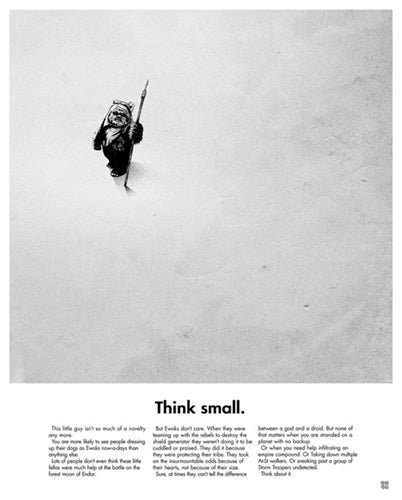
Justin VanGenderen Think Small Silkscreen Print by Justin VanGenderen
Think Small Artwork Screen-Print Limited Edition Print on Fine Art Paper by Pop Culture Graffiti Artist Justin VanGenderen. Justin VanGenderen " Think Small" (NYCC 2015 Exclusive) signed and numbered by the artist limited edition screen print only 250 copies made 16.5" x 20.5" Unframed: $35 More
$99.00
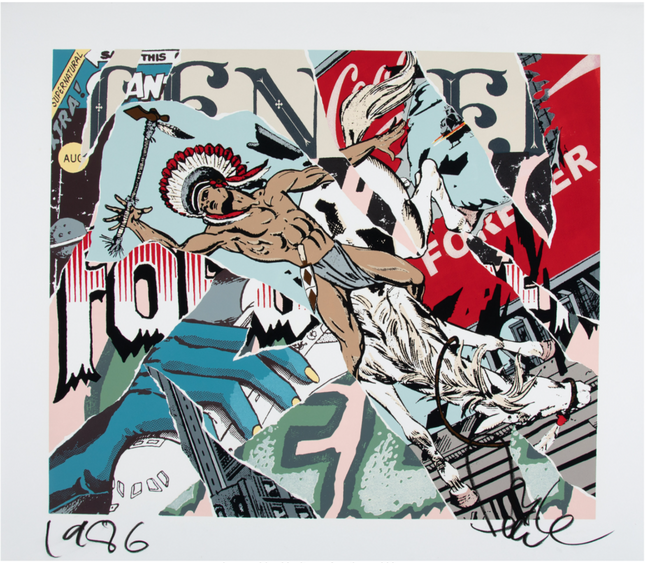
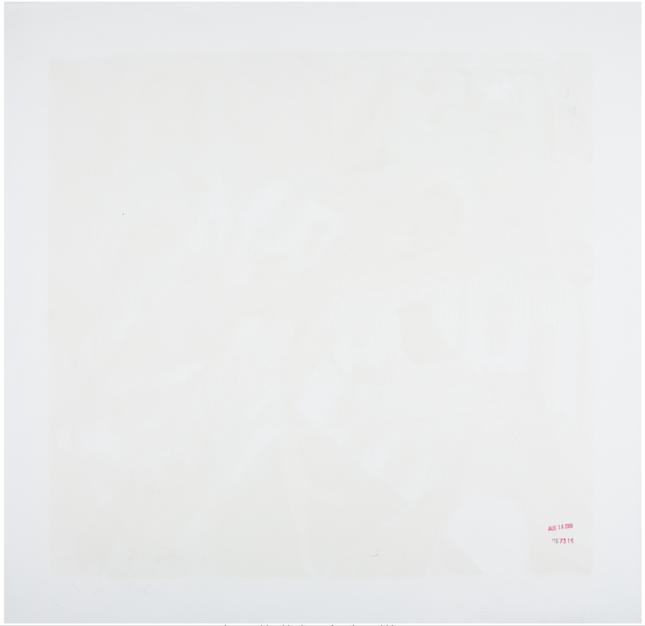
Faile Tender Forever 1986 Silkscreen Print by Faile
Tender Forever 1986 Silkscreen Print by Faile Hand-Pulled 25-Color Screen Relief Print on 300gsm Somerset Satin Paper Limited Edition Pop Street Art Artwork. 2008 Signed & Numbered Limited Edition of 315 Artwork Size 32x28.25 FAILE (b. 1975) Tender Forever 1986, 2008 Screenprint in colors on wove paper 28-1/4 x 32 inches (71.8 x 81.3 cm) (sheet) Ed. 315 Signed and annotated in pencil along lower edge, numbered and dated in ink verso Mild light and time staining verso. Sheet is loose. Tender Forever 1986 is a silkscreen print by the artist collective Faile. Faile is a Brooklyn-based collaboration between two artists, Patrick McNeil and Patrick Miller. They started working together in the late 1990s and are known for their contemporary street art, which combines graphic design, painting, and printmaking techniques. Their work often incorporates elements of popular culture, religious iconography, and vintage advertisements. The Tender Forever 1986 silkscreen print is an example of Faile's unique style, using a combination of vibrant colors and intricate patterns to create a visually engaging piece. The image contains multiple layers, featuring fragmented images and texts that evoke a sense of nostalgia like Native Americans, urban decay corporate brand logos, and the passage of time. Faile's works, including Tender Forever 1986, have been exhibited in galleries and museums worldwide, and their street art can be found on walls and buildings in major cities like New York, London, and Berlin. Collectors and fans of contemporary art appreciate Faile's innovative approach and their ability to blur the lines between high art and street culture.
$1,931.00










